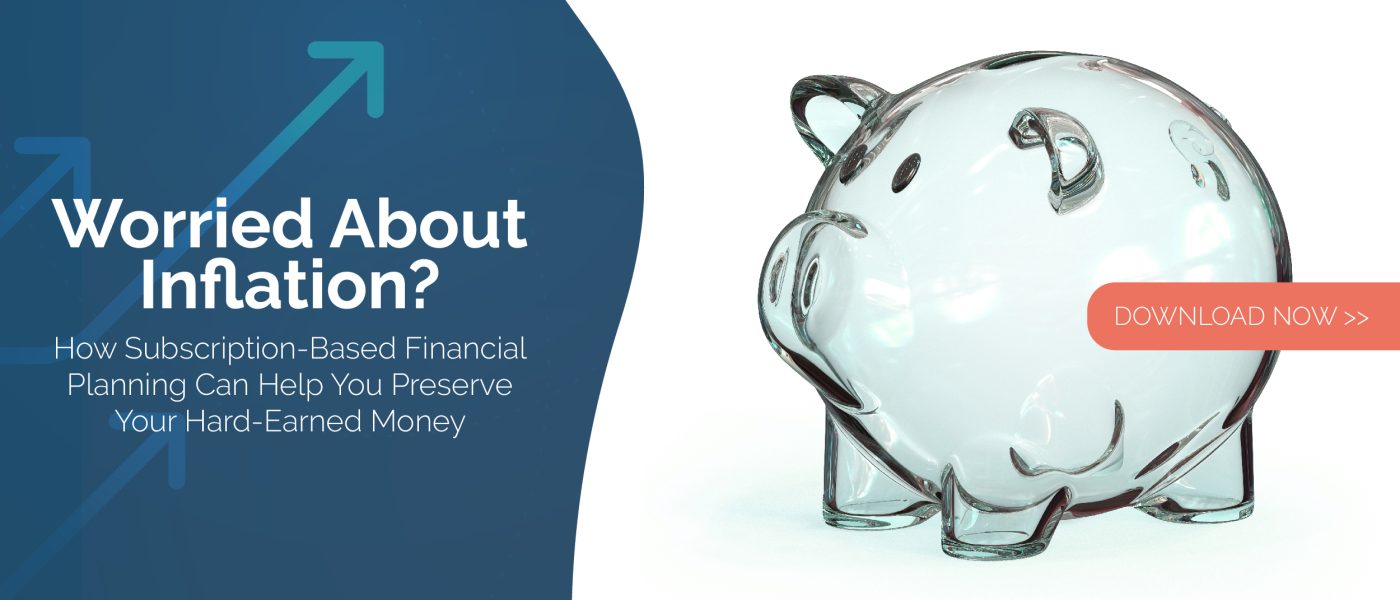As a millennial, you’re probably familiar with the term “risk tolerance.” At the same time, do you understand what it really means in regard to your financial goals? The short version is that it’s essentially how much, in terms of losses, you consider acceptable before wanting to pull the plug on an investment.
Everyone has to determine their own risk tolerance based on their unique financial situation. There’s no overall right or wrong answer (nor does a person’s risk tolerance always stay the same throughout their lifespan). Nevertheless, it’s important to thoroughly understand yours before making major decisions, like whether to invest in a stock or start your own business.
This article explores the following:
- What is risk tolerance (and why is it important)?
- How do you figure out what your risk tolerance is?
- Setting financial goals to align with your risk tolerance
- Preparing a compatible plan for your risk tolerance
What Is Risk Tolerance (and Why Is It Important)?
Most of us have a certain comfort level when it comes to taking risks, or risk tolerance. Whether we’re making financial decisions, career moves, or even personal choices, the amount of risk we are willing and able to take on can have serious implications. This might sound straightforward, but understanding your individual risk tolerance isn’t necessarily easy.
This is because there’s no real one-size-fits-all approach providing a standard for measuring. However, by learning where the goalposts are so to speak, you can make better-informed decisions with the potential to shape your life for the better. That’s why risk tolerance is one of the most important aspects to consider before investing your money.
By understanding how much risk you’re willing to take on, you can better tailor your investment portfolio for potential growth because you’ll know which strategies are most in line with your needs.
How Do You Figure Out What Your Risk Tolerance Is?
Figuring out what your risk tolerance is can seem like a daunting task, but it doesn’t have to be. The first step toward determining it is to assess your goals and time horizon. What are you trying to achieve with your investments?
When you answer that question, it’s time to ponder whether you’ll be looking for short-term gains or long-term growth. These factors determine your time horizon, the period of time over which you’ll plan to achieve your financial goals. Both your objects and your timeline factor significantly into determining which type of investment strategy makes the most sense for you.
For example, if you’re only seeking short-term gains, you may want to focus on assets that mature more rapidly. Conversely, if you want long-term growth, such as the kind that’s desirable for a retirement plan, you’ll probably want to use entirely different criteria when selecting possible investments.
Another important need for determining your risk tolerance is assessing your current financial situation. Do you have a stable income? How much liquidity do you have? Knowing this information can help you determine how much money you can afford to lose if any.
Similarly, it’s also important to evaluate your emotional capacity before you start investing. Are you comfortable with wild risks, are moderate ones okay, or does the word “risk” make you uneasy? Knowing how you’d handle volatility can help determine the types of investments that work best for you (and possibly, help limit losses during occasional market downturns).
Are Worries About Inflation Keeping You Up at Night? They Can Be Stopped. Here’s How.
Setting Financial Goals To Align With Your Risk Tolerance
Generally speaking, conservative investors prefer stability and tend to focus on preserving capital rather than chasing higher returns. They’re willing to accept lower returns in exchange for less volatility.
Meanwhile, moderate investors are usually willing to take on some additional risk in pursuit of better returns. On the other hand, most still want some security with their investments, as well. At the far end of the spectrum are aggressive investors. These people are comfortable taking on significant levels of risk in order to maximize their potential returns over the long term.
Once you have determined where your risk tolerance generally lies, you can begin to set realistic financial goals based on the information. For example, let’s say that you’re a conservative investor who prefers stability over higher returns. When this is the case, short-term goals such as building up an emergency fund or investing in bonds might be more appropriate than investing heavily in higher-risk investments.
If you’re a moderate investor who is looking for both stability and growth potential, then investing in index funds or mutual funds may be the perfect option for you. These may allow some room for growth over time without too much volatility or adverse exposure along the way.
Finally, if you’re an aggressive investor who wants maximum returns from their investments over the long term, then taking larger positions in stocks or other high-risk investments may be your ideal. No two individual investors are alike, so what works best for you may not work well for another person and vice versa.
Preparing a Compatible Plan for Your Risk Tolerance
Preparing a financial plan that is compatible with your risk tolerance isn’t always easy. The trick is blending the right balance of returns and safety. That’s why you should begin by assessing your current cash flow situation and evaluating the resources that you have available to invest.
Next, conduct research on different types of assets and learn the potential tradeoffs between their risks associated with different return profiles. The pros and cons of ETFs, for instance, are not the same as those of investing in real estate.
Why Staying Disciplined With Your Finances Is Vital

Today’s fluctuating economy can make staying disciplined with your finances into a balancing act. Unforeseen circumstances and financial whims can be difficult to anticipate, but it is important to remain vigilant in monitoring your spending and investing habits in order to reach your goals.
In other words, keeping financially disciplined is the key to stability during times of economic uncertainty. It allows you to better budget your resources and plan for contingencies, protecting against possible financial losses down the line. Creating a feasible for your current income and savings can help you secure yourself from hardship due to changing market conditions.
Humanity Wealth Advisors provides high-net-worth financial planning to help you pursue your wealth-growing and asset-preservation goals. If you could use financial planning in San Ramon, we’re here for you, as well. Contact us today.



